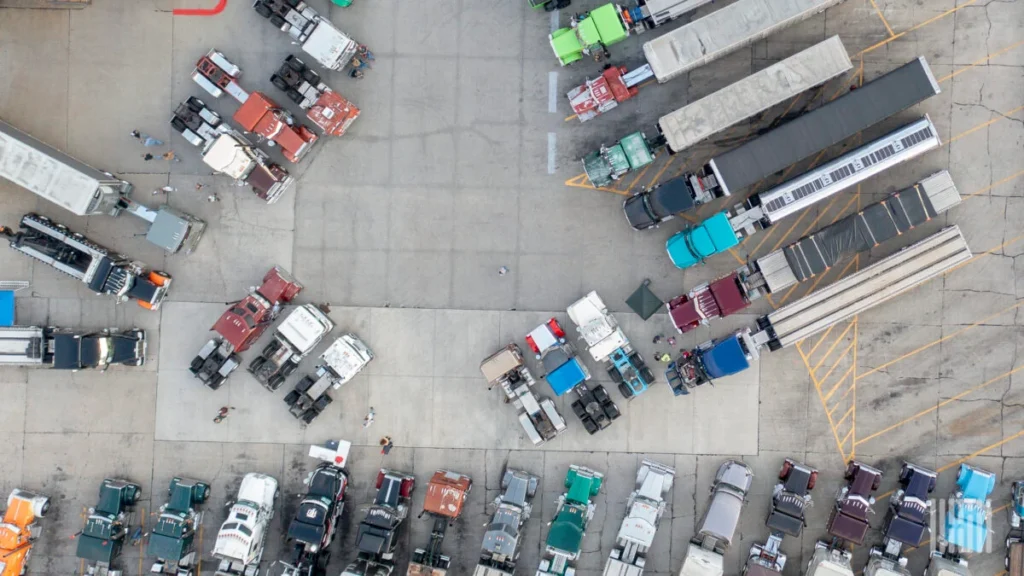October 7, 2024
New CDL Regulations from the Drug & Alcohol Clearinghouse: What Carriers Need to Know

At Reliance Partners, we understand the evolving regulatory landscape can significantly impact your business. One of the most pressing changes on the horizon is the new CDL regulations set to take effect on November 18, 2024. These updates from the Drug & Alcohol Clearinghouse will change how carriers manage their drivers and hire new talent, making compliance more critical than ever.
Key Changes in the New CDL Regulations
The Federal Motor Carrier Safety Administration (FMCSA) rule, originally proposed in April 2020, will now prevent state driver licensing agencies from issuing, renewing, transferring, or upgrading a commercial driver’s license (CDL) or a commercial learner’s permit (CLP) for any driver prohibited from operating a commercial motor vehicle (CMV) due to drug or alcohol violations. Essentially, drivers who fail a drug or alcohol test will face a license downgrade within 60 days of the offense.
For carriers, this means keeping a close eye on the status of your drivers in the Drug & Alcohol Clearinghouse. If a driver blows over the legal limit (0.04) during a Breathalyzer test or fails a drug screening, their CDL will be stripped unless they complete the necessary return-to-duty process.
Impact on Carriers and Drivers
Daniel Vega, Director of Safety at Reliance Partners, explains how these regulations differ from what’s in place today:
“Currently, if an officer pulls over a driver prohibited in the Drug & Alcohol Clearinghouse, the driver is put out of service but could still hold a valid license. Under the new rule, their CDL will be downgraded within 60 days, making it impossible for them to legally drive a commercial vehicle until they complete the return-to-duty process.”
This change will have a substantial impact on existing CDL holders. According to FMCSA reports, over 163,000 CDL and CLP holders are listed as “prohibited” in the Drug & Alcohol Clearinghouse. Carriers with drivers who haven’t completed the return-to-duty process should be prepared for potential license downgrades come November.
Return-to-Duty Process
Drivers seeking to regain their CDL must go through a rigorous return-to-duty process, including:
- Meeting with a DOT-qualified substance abuse professional (SAP).
- Completing a recommended treatment and/or education plan.
- Passing a return-to-duty test.
- Completing six unannounced follow-up tests within the first 12 months back on the job.
While this process ensures safer roads by preventing drivers with unresolved violations from operating commercial vehicles, it places added responsibility on carriers when deciding to rehire these drivers.
What This Means for Hiring
As Vega notes, “Carriers will need to carefully consider the risks associated with hiring drivers who have completed the return-to-duty process. While everyone makes mistakes, the decision to take on that risk is ultimately up to the carrier.”
Carriers must now balance the demand for drivers with the need for safety. As this new regulation adds a layer of scrutiny, recruitment will require a careful evaluation of each driver’s compliance with safety standards and their fit within a company’s broader risk management strategy.
Preparing for the Changes
As we approach the November 18 deadline, carriers should review their hiring and compliance processes. Ensuring that all drivers in your fleet are compliant with the Drug & Alcohol Clearinghouse regulations will be essential to avoid disruptions in service.
For a deeper dive into these upcoming regulatory changes and what they mean for your fleet, read the full article from our friends at FreightWaves: Breaking Down New CDL Regulations from the Drug & Alcohol Clearinghouse.